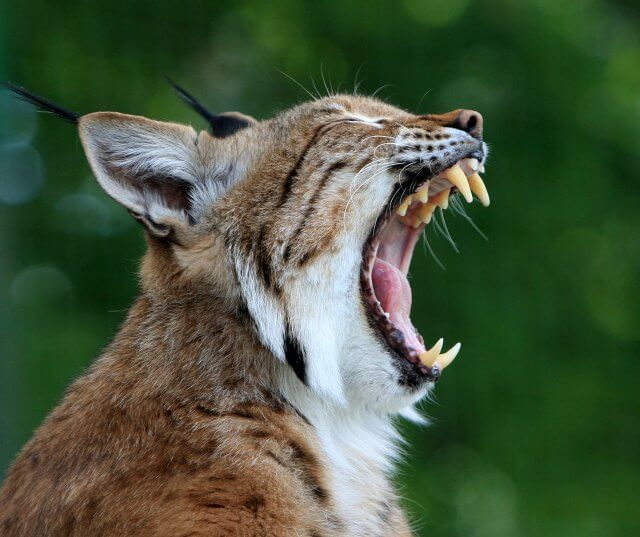The Mighty Bite: Unraveling Bobcat’s Jaw Strength
Bobcat’s Jaw Strength
Bobcats are fascinating creatures that inhabit various regions of North America. Known for their agility and stealth, these wild cats possess an impressive set of skills that allow them to thrive in their natural habitats. One of the most remarkable features of the bobcat is its jaw strength, which plays a crucial role in its hunting and survival strategies. In this article, we will delve into the intricacies of the bobcat’s jaw strength, exploring its anatomy, hunting techniques, and the significance of its powerful bite.
The Anatomy of a Powerful Bite
The bobcat’s jaw is a marvel of nature, designed to deliver a forceful bite that can incapacitate its prey. The key to its jaw strength lies in its robust muscles and specialized structure. The bobcat’s skull is equipped with strong temporalis muscles, which are responsible for closing the jaw with great force. These muscles are attached to the jawbone and provide the necessary power for the bobcat to deliver a lethal bite.
Furthermore, the bobcat’s jaw structure is reinforced with a bony ridge called the sagittal crest. This crest serves as an anchor point for the temporalis muscles, allowing them to exert maximum force when closing the jaw. The combination of powerful muscles and a reinforced jaw structure enables the bobcat to deliver a bite that can crush bones and immobilize its prey.
Hunting Techniques and Strategies
The bobcat’s jaw strength is not only a result of its anatomical features but also a product of its hunting techniques and strategies. These wild cats are known for their stealthy approach to hunting, relying on their keen senses and agility to catch their prey off guard. Once the bobcat has identified its target, it employs various techniques to secure a successful kill.
One of the bobcat’s hunting strategies involves ambushing its prey. It patiently waits in a concealed location, such as a dense thicket or a rocky outcrop, and pounces on its unsuspecting victim with lightning speed. The element of surprise, combined with the bobcat’s powerful bite, ensures a swift and efficient kill.
Another hunting technique employed by bobcats is stalking. They silently track their prey, carefully observing its movements and waiting for the opportune moment to strike. When the time is right, the bobcat lunges forward, using its powerful jaw to deliver a lethal bite to the neck or head of its prey.
The Significance of a Powerful Bite
The bobcat’s jaw strength is of paramount importance for its survival in the wild. It allows the bobcat to take down prey that may be larger or stronger, giving it a competitive advantage in the ecosystem. By immobilizing its prey with a single bite, the bobcat minimizes the risk of injury and ensures a successful kill.
Furthermore, the bobcat’s powerful bite enables it to consume a wide range of prey, including small mammals, birds, and even deer. This versatility in diet is crucial for the bobcat’s survival, as it allows them to adapt to changing environmental conditions and prey availability.
Conclusion
The bobcat’s jaw strength is a testament to the remarkable adaptations of this wild cat. Its anatomy, hunting techniques, and the significance of its powerful bite all contribute to its success as a predator. Understanding the intricacies of the bobcat’s jaw strength not only provides valuable insights into the natural world but also highlights the awe-inspiring diversity of life on our planet.
Read More About Bobcats From Wikipedia




